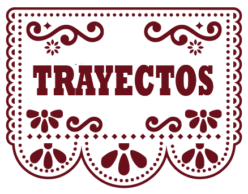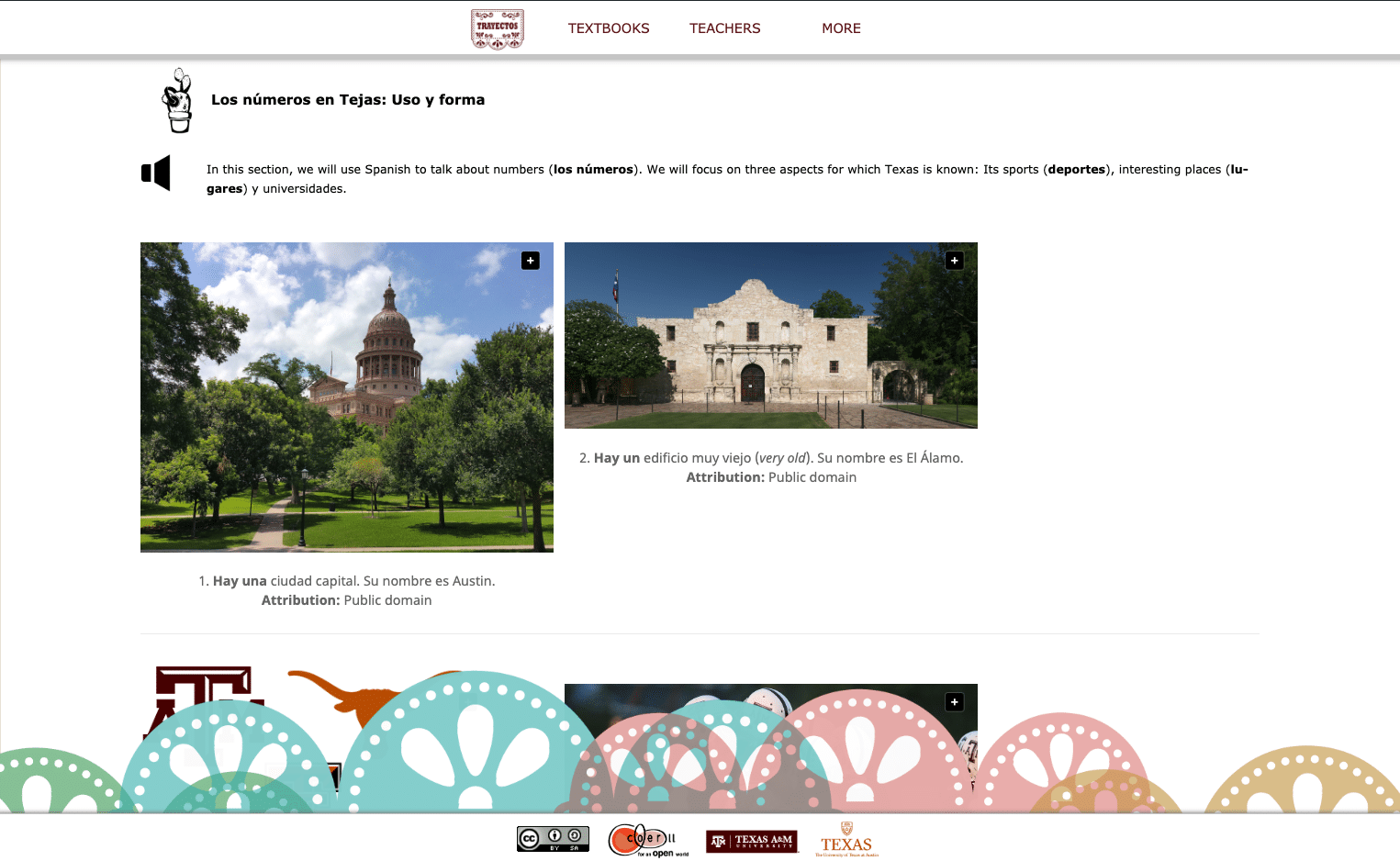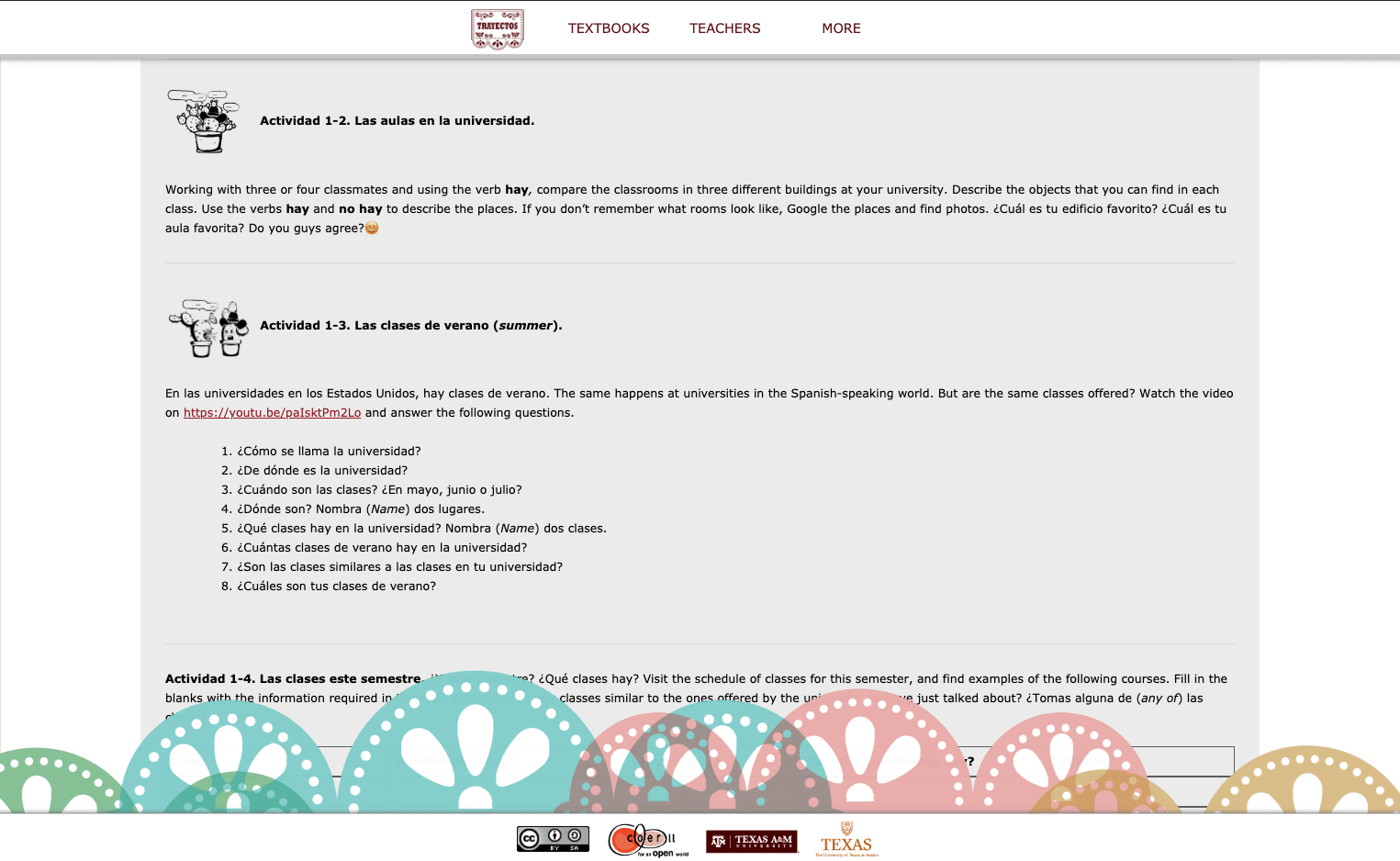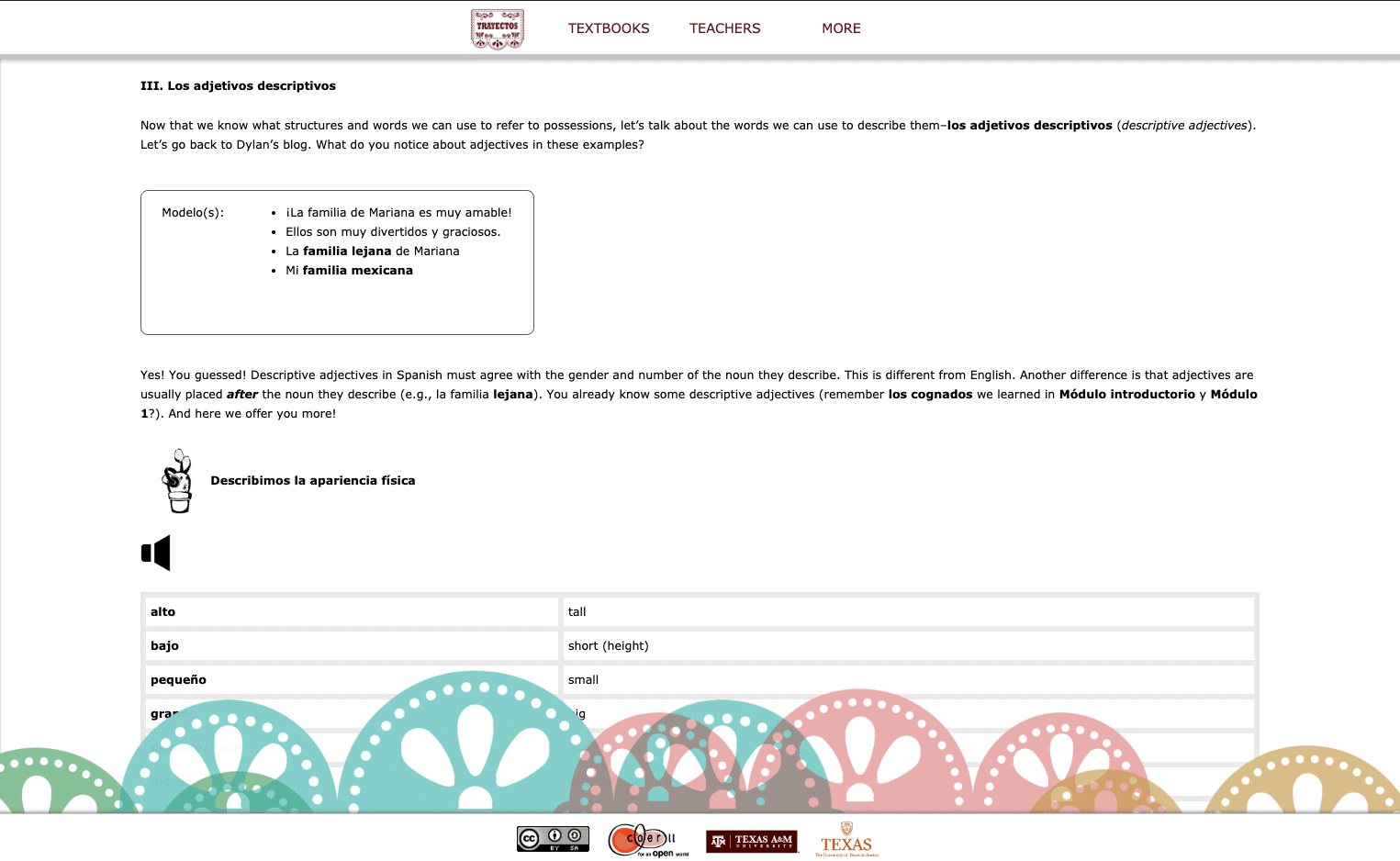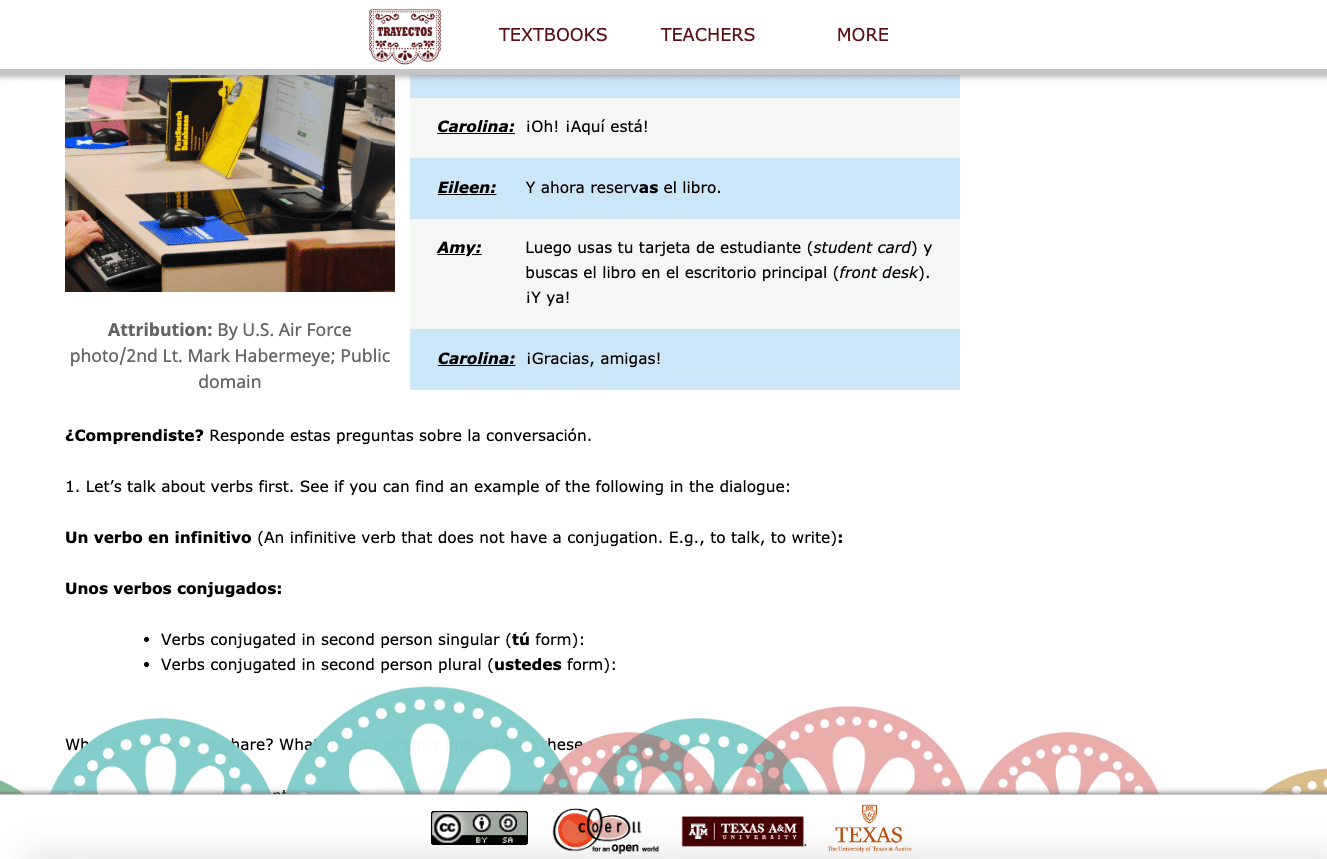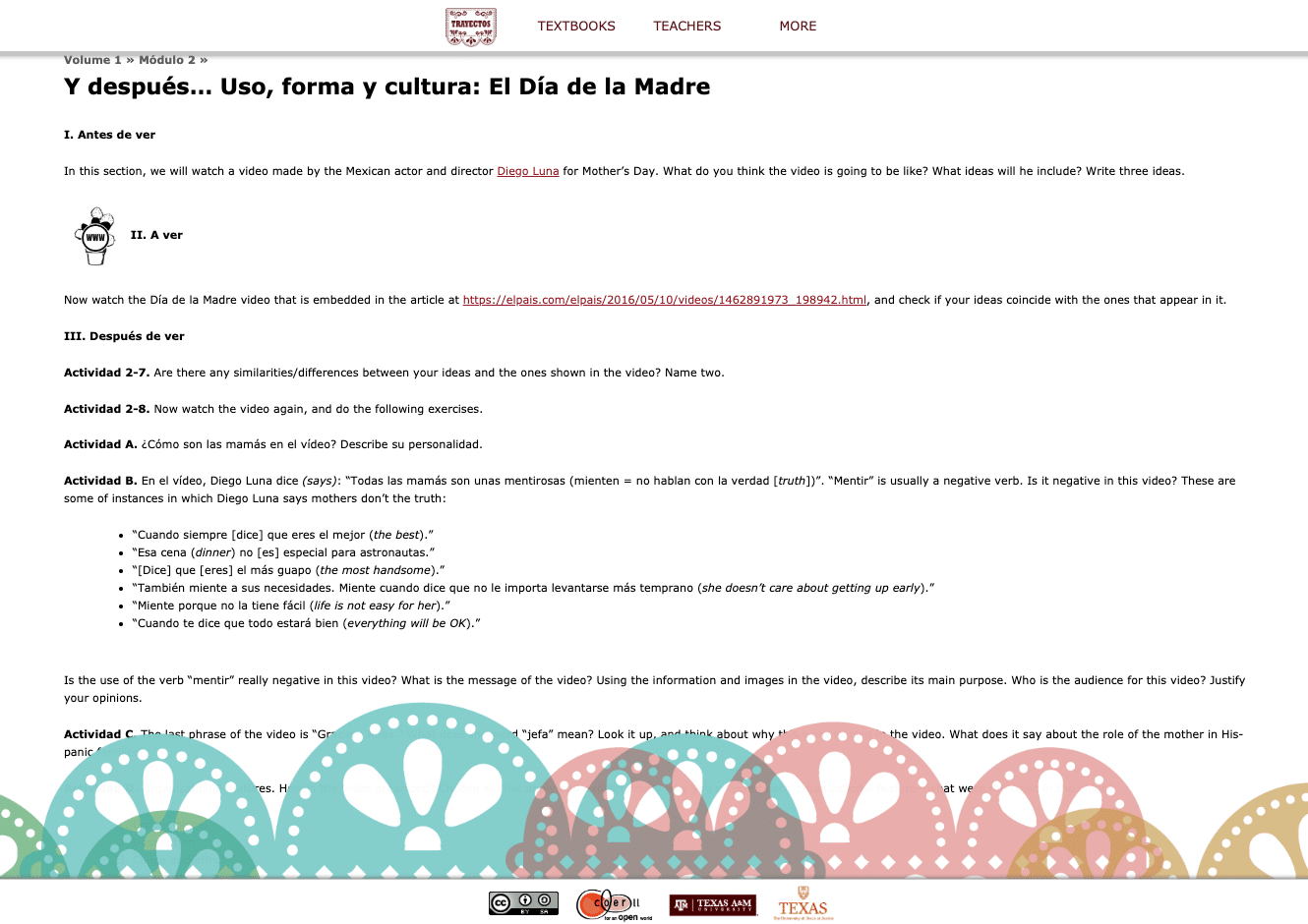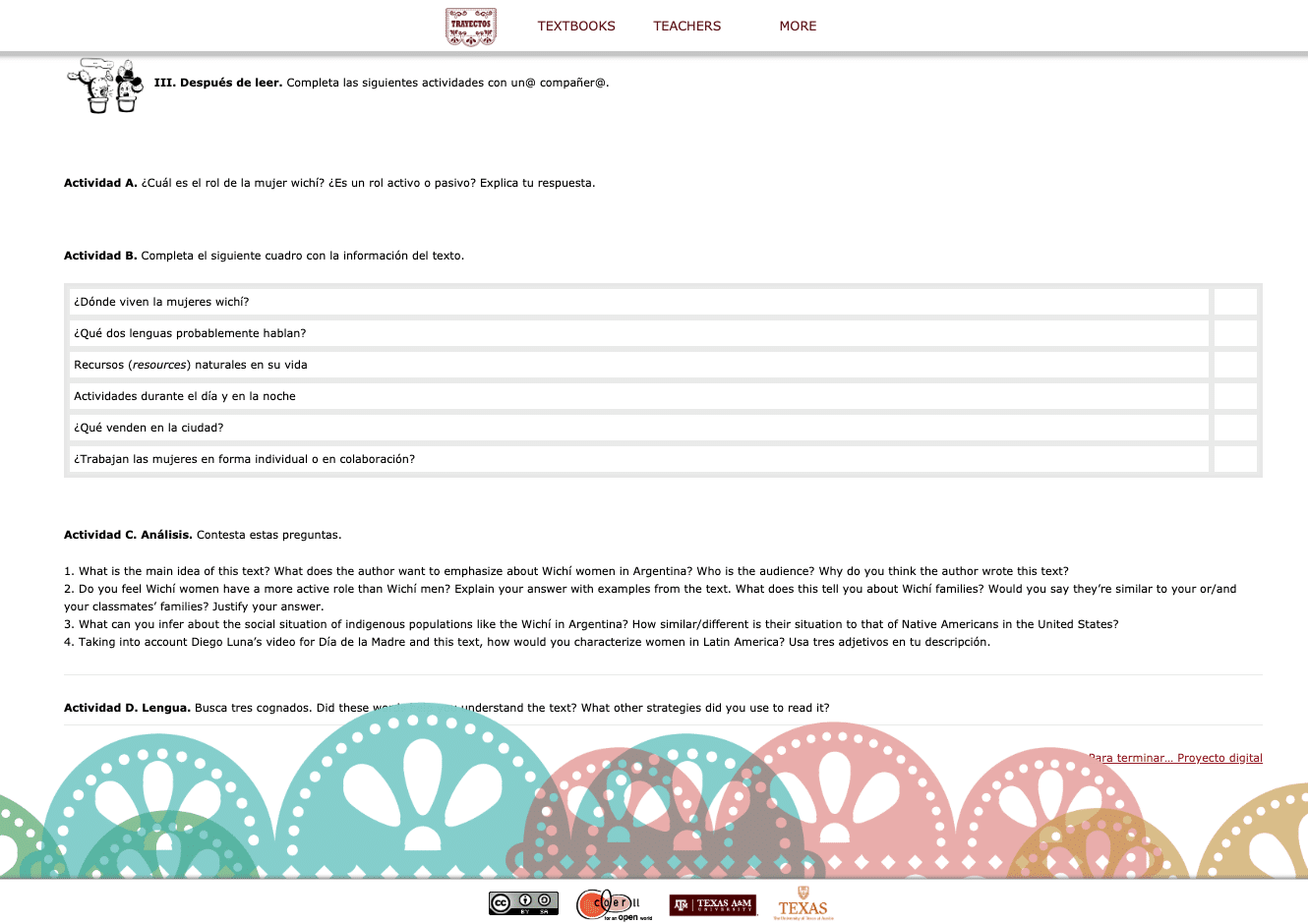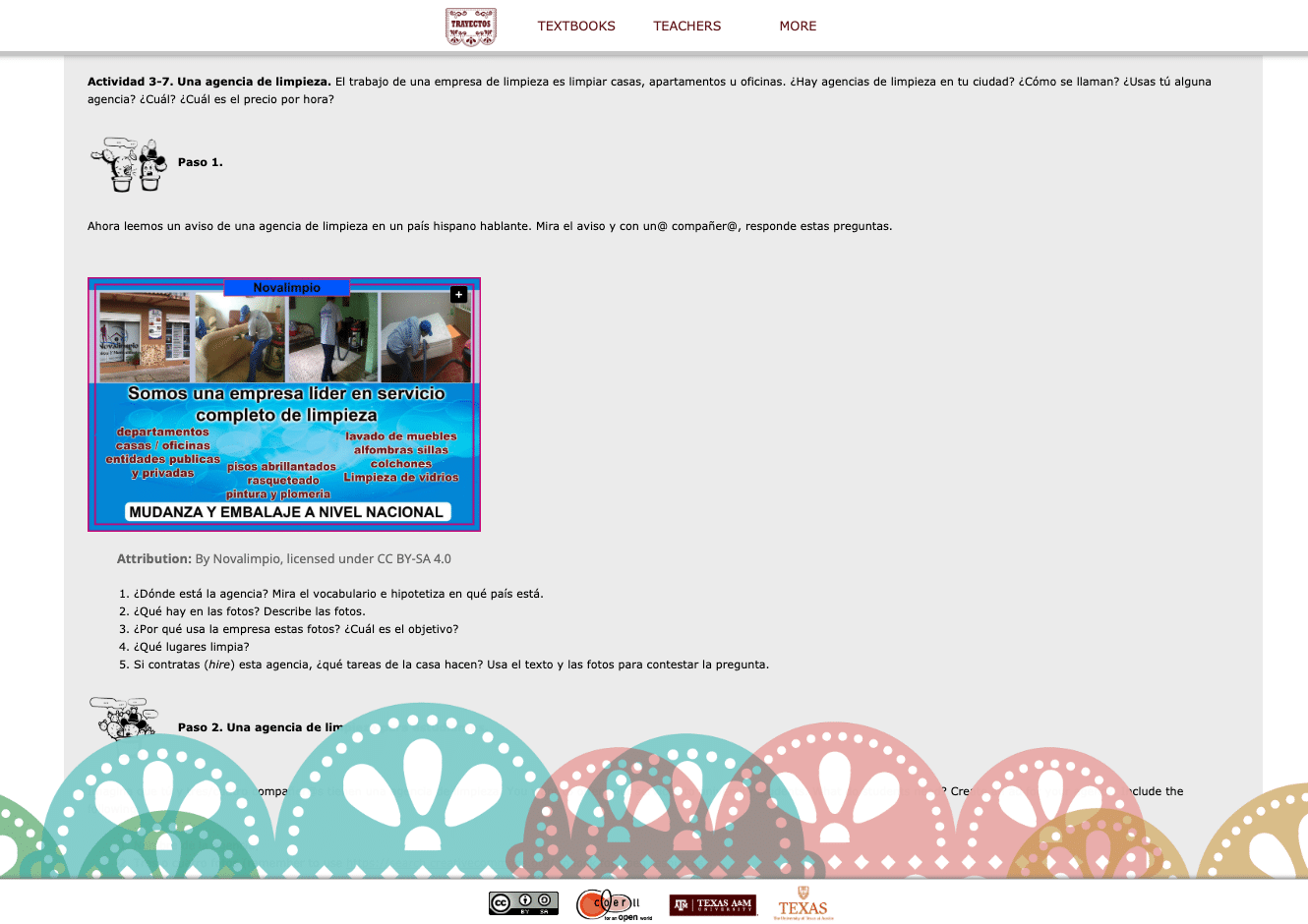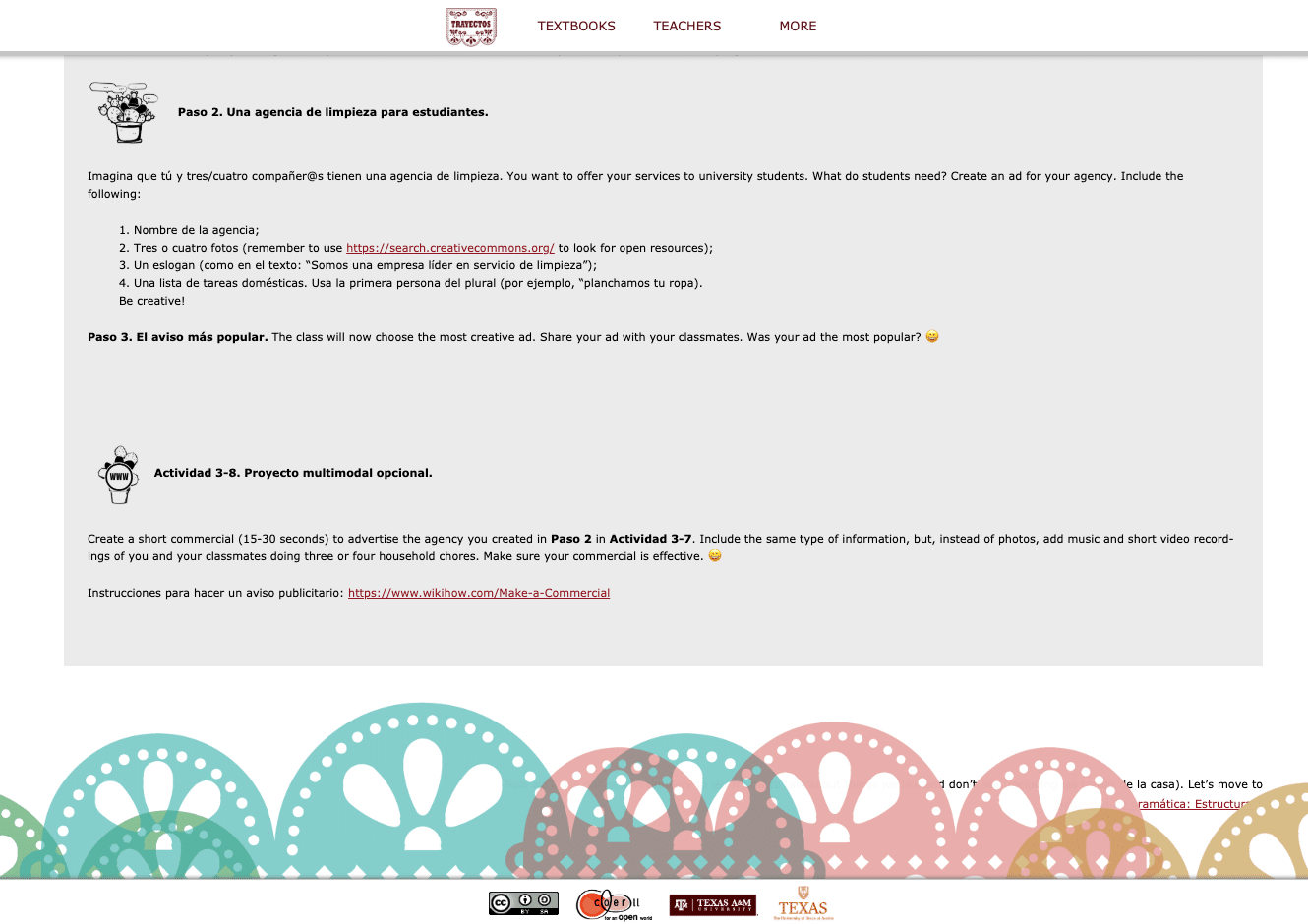I. Learning by Design: Principles and Knowledge Processes
Trayectos is grounded in the main tenets of the multiliteracies framework Learning by Design (Kalantzis et al. 2005, 2016, 2019; Zapata, 2022). In the next section, we will show you how these tenets are embedded in the textbook’s components, but first, let’s learn more about this pedagogy.
Principles: Belonging and Transformation
- Important: Curricula that are based on relevant materials that connect closely to who the learners are—to their personal world, including the community to which they belong—by taking into account their diverse social and cultural backgrounds. This is what Kalantzis and her colleagues (2005) call belonging: Emphasis on the need for instructional environments to which learners can connect at a deep, personal level and to which they feel they “belong.”
- Also essential: learners’ depth of involvement and engagement in their learning process. In order for learning to broaden learners’ knowledge in effective and life-long ways, it needs to result in a process of transformation (Kalantzis et al., 2005). For this transformation to happen, instructors need to “take the learner into new and unfamiliar terrains. However, for learning to occur, the journey into the unfamiliar needs to stay within a zone of intelligibility and safety. At each step, it needs to travel just the right distance from the learner’s lifeworld starting point” (Kalantzis et al., p. 51).
Knowledge Processes
- In Learning by Design, learning is interpreted as an active, dynamic process involving four interwoven knowledge processes: experiencing, conceptualizing, analyzing, and applying. Their objective: To guide students’ learning process in order for them to learn how meaning is conveyed through multimodal ensembles and to apply their new knowledge in similar/more creative tasks.
- These four processes of discovery mirror those that are present in informal learning (students’ personal experiences and learning outside the classroom), and, in formal learning (academic learning), they are embedded in instructional activities that allow learners to do the following:
- experience known and new meanings (departing from known concepts and experiences and moving forward to explore new situations and/or information);
- conceptualize meanings by naming (grouping into categories, classifying, defining) and with theory (formulating generalizations and establishing connections among concepts as well as developing theories);
- analyze meanings functionally (focusing on structure and function, establishing logical connections) and critically (evaluating different perspectives, interests, and motives); and
- apply meanings appropriately (engaging in real-life applications of knowledge) and creatively (applying new knowledge in innovative and creative ways) (Kalantzis & Cope 2010, 2012).
- Link to a visual representation of the eight knowledge processes: http://bit.ly/KnowledgeProcesses.
Los procesos de conocimiento (en español)
-
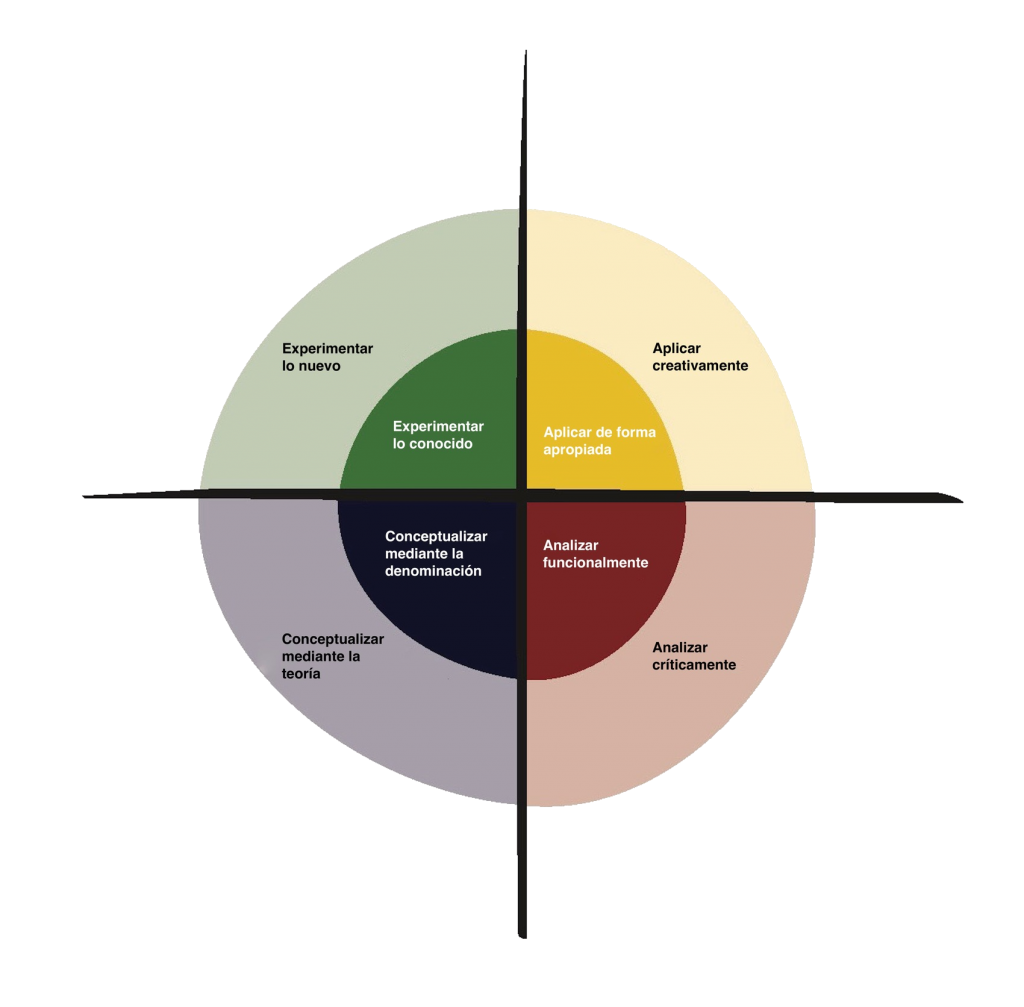
Kalantzis, Cope, & Zapata (2019, p. 64). Used with authors’ permission.
If you want to learn more about Learning by Design and second/heritage language learning, we recommend the following resources:
Open access chapters:
- Zapata, G. C. (2022). Chapter 1: Introduction to Learning by Design. Licensed under CC BY-NC-ND 4.0. Available at https://drive.google.com/file/d/1wq_DDoVqWWHlLU44oXZAvoYpEO3SD7yQ/view?usp=drive_link
- Zapata, G. C. (2022). Chapter 2: Learning by Design and second language education. Licensed under CC BY-NC-ND 4.0. Available at https://tandfbis.s3.us-west-2.amazonaws.com/rt-files/docs/Open+Access+Chapters/9781003106258_10.4324_9781003106258-2.pdf
- Zapata, G. C. (2022). Chapter 3: Learning by Design and second language teaching practices. Licensed under CC BY-NC-ND 4.0. Available at https://drive.google.com/file/d/1EfPV_D08iJzVvIvmzd7F0ICTYnu-IRcz/view?usp=sharing. This chapter offers a variety of pedagogical tools for plan and organize your classroom practice, including a lesson plan template.
- Zapata, G. C., & Ribota, A. (2021). Chapter 1: Open educational resources in heritage and L2 Spanish classrooms: Design, development, and implementation. In C. Blyth & J. Thoms (Eds.), Open education and foreign language learning and teaching: The rise of a new knowledge ecology (pp. 25-46). Multilingual Matters. https://www.degruyter.com/document/doi/10.21832/9781800411005-003/html
- Short videos (http://bit.ly/LbyDVideos) on different aspects of literacies by Dr. Mary Kalantzis and Dr. Bill Cope
- A video presentation on multiliteracies (http://bit.ly/LbyDPresentation) by Dr. Mary Kalantzis and Dr. Bill Cope
- A video presentation on Learning by Design and materials development (http://bit.ly/LbyDZapataPres) by Dr. Gabriela C. Zapata
- The Placemat Curriculum Planning Tool: http://bit.ly/LbyDPlacemat
References
Kalantzis, M., & Cope, B. (2010). The teacher as designer: Pedagogy in the new media age. E-learning and Digital Media, 7(3), 200-222.
Kalantzis, M., & Cope, B. (2012). Literacies. Cambridge University Press. Kindle DX edition.
Kalantzis, M., Cope, B., & the Learning by Design Project Group. (2005). Learning by Design. Victorian Schools Innovation Commission and Common Ground Publishing.
Kalantzis, M., Cope, B., Chan, E., & Dalley-Trim, L. (2016). Literacies (2nd ed.). Cambridge University Press.
Kalantzis, M., Cope, B., & Zapata, G. C. (2019). Las alfabetizaciones múltiples: Teoría y práctica. Editorial Octaedro.
Zapata, G. C. (2022). Learning by Design and second language teaching: Theory, research, and practice. Routledge.
II. Learning by Design in Trayectos
Belonging and transformation in Trayectos
The contents of Trayectos (topics and activities) are tied to the personal experiences of university students in the state of Texas. The point of departure is always the learner. In all sections of our textbook, we have tried to integrate students’ informal and formal learning through activities that incorporate resources that not only connect closely to who students are (i.e., to their lifeworld, including the community to which they belong), but also reflect their diverse, multidimensional social and cultural backgrounds. Also, when we introduce a new topic, we always do it within the realm of learners’ knowledge and experience.
The knowledge processes in Trayectos
The following examples illustrate how Learning by Design‘s knowledge processes are embedded in Trayectos.
1. Experiencing
2. Conceptualizing
3. Analyzing
4. Applying
Next:
